#source: fontshop
Photo
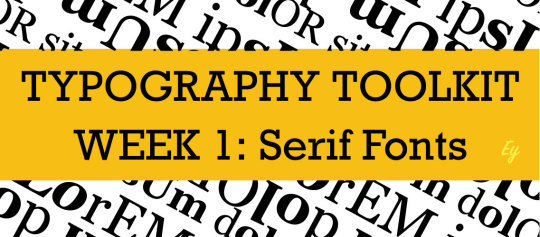
I made a brief start at this last week but I’m going to jump in and try to do more of it this week.
SO I started off going through a list on FontShop (Top fonts of All Time)
“2. Make a list of fonts that appeal to you. Not what’s popular, what makes your art brain go brrrrr.”
Apparently, in this instance, we take screenshots of the fonts that make the brain go brr. (Total fonts so far: 11)






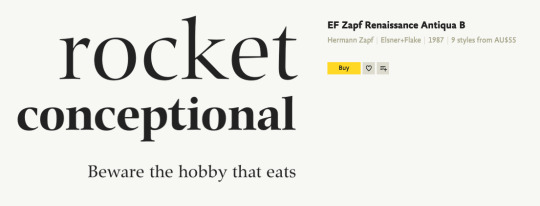
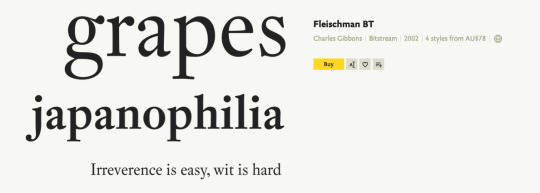


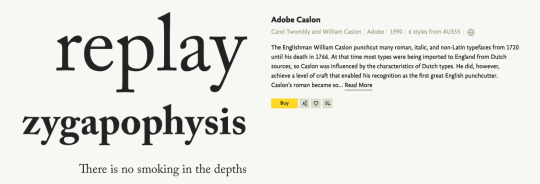
So I guess now it’s time to have a look at some other sources/libraries.
Gut feel places to check out:
Google Fonts (They’re free/open-sourced, and there’s a reasonable library)
Adobe Fonts (Not super thrilled but I do have access to them at work and at home. Let’s see what’s in their arsenal that’s of use)
MyFonts (Big type repository; this might be a good place to start finding/narrowing down smaller font foundries that produce fonts you’d like to support)
Monotype (Big type foundry, worth checking to see what’s in their vast libraries that appeals)
And then! Of course! I can’t leave out the books.
Retro Fonts by Gregor Stawinski (published by Lawrence King)
The Visual History of Type by Paul McNeil (also published by Lawrence King)
So that looks like next stop is Google!
5 notes
·
View notes
Text
Speakers Research - Veronika Burian
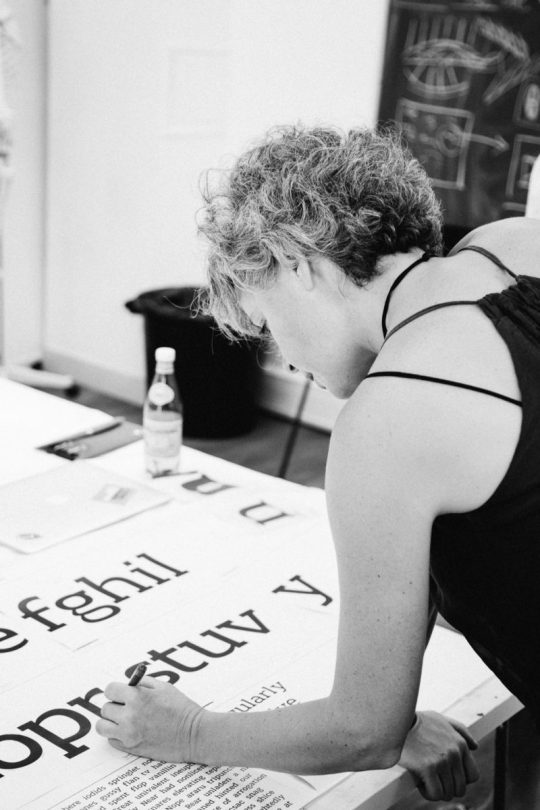


About Veronika Burian:
She was born in 1973 in Prague, Czechia. She is a type designer who studied industrial design in Munich and then worked as a product designer in Vienna and Milan. She soon discovered her true passion for typography and graduated with distinction from the MA in Typeface Design course in Reading, UK, in 2003. After a few year working as a typographer at DaltonMaag in London, Veronika founded TypeTogether with José Scaglione, one of the most crucial independent type foundries.
Above is a project by Veronika, "Maiola". It was published in 2005 with Fontshop and then in 2010 with TypeTogether. The typeface was inspired by early Czech type design, mainly by Vojtěch Preissig and Oldřich Menhart. Maiola is a contemporary typeface that is mindful of its historical heritage, implementing old-style features and calligraphic reminiscences, more frankly so in the italic. It won numerous awards, including the Type Directors Club Certificate of Typographic Excellence in 2004."
Image Source:
Left Corner: Femme Type, unknown date
Right Corner: Maioia/ Communication Arts, Type faces by Vernokia Burian, 2005
Bottom photo: From Veronika's LinkedIn, unknown photographer/ date
Research Cited:
0 notes
Text
The 100 All Time Best Fonts










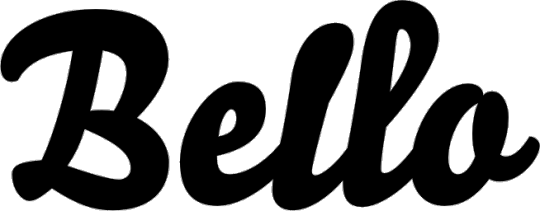



Positions from 91 to 100 of The 100 All Time Best Fonts.
Filosofia [1996 – Zuzana Licko]
Chalet [1996 – Ken Barber]
Quay Sans [1990 – David Quay]
Cézanne [1995 – Michael Want, James Grieshaber]
Reporter [1938 – Carlos Winkow]
Legacy [1992 – Ronald Arnholm]
Agenda [1993 – Greg Thompson]
Bello [2004 – Underware]
Dalliance [2000 – Frank Heine]
Mistral [1953 – Roger Excoffon]
#top 100#source: fontshop#top: classical#agenda#bello#cezanne#chalet#dalliance#filosofia#legacy#mistral#quay sans#reporter
0 notes
Text
Typography (Macro, Micro)
As Robert Bringhurst said, “Typography is the craft of endowing human language with a durable visual form”
Typography exists to honour the content we need to show. There is always a style beyond style, this means it has the power to move freely through the whole domain of typography and to function at every step in a way that is graceful and vital instead of vapid and cliché. We always have to remember to read the text before designing it. This will bring your design to a higher quality because you’re basing the design around the text instead of the opposite which could make the text look out of place and not fit the design.
Markup and meaning
H1-H6
Introductory paragraphs
Blockquotes
Lists
Web Friendly Content
Highlight key words
Use meaningful subheadings
Embrace Lists
Reduce word count
Use blockquotes
We need to ease the reader in to ensure reading will be a joy.
Typography at the page level
Design for reading
5 rules
Focus on body copy
Choose a comfortable point size (15-25px)
Consider leading (120-145% of point size)
Maintain the measure (45-75 characters)
Select a legible typeface
Comfortable body copy to ensure easy reading. Using a stranger typeface will overpower the content
A typographic scale plays such an important role for information architecture. Great sources to look into are typescale.com and modularscale.com which are both great tools for understanding how to size your content.
Choosing and pairing typefaces
Try and stick to at least 2 different typefaces. A good tool to add to your browser is whatfont. Whatfont is a plugin for chrome that allows the user to view what font the text on a webpage is which is extremely useful for trying to try and find new and interesting fonts to use for a future project.
Perfect Partners
Titles and subtitles: give them some character and panache
Body copy: Keep the body copy subdued
Some sites to look out for when trying to pair fonts together are fontpair and justmytype.
Details in typography
Hyphens and Dashes
Hyphen
En dash (Alt + -)
Em dash (Shift + Alt + -)
Primes
5’ 10” – 5 feet, 10 inches (these are the wrong characters)
5ʹ 10 ʺ - 5 feet, 10 inches (these are the correct characters)
Inspiration and advice
Typewolf
Typekit practice
Practical Typography
Fontshop
Professional web typography
Jaime Clarke type
Penny Dreadfuls
Flexible Typesetting by Tim Brown
I’m planning on using these inspiration resources to conduct more research and decide what type I want to use for my project. At this moment, I'm thinking of using type that resembles that of the victorian era. This is due to tying the shape and form of the type to the designs surrounding Sherlock Holmes which closely present that old victorian era England.
0 notes
Photo
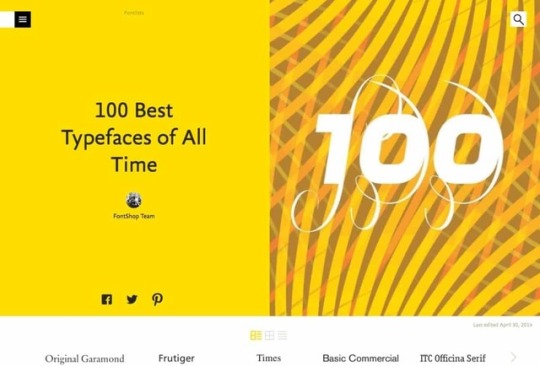
FontShop | 100 Best Typefaces of All Time Source : FontShop | 100 Best Typefaces of All Time
0 notes
Quote
Eso es lo que ha estado pagando hasta ahora IBM a Monotype por licenciar la Helvetica Neue cada año. Efectivamente, es una cifra muy alta para una tipografía, pero conocemos casos aún más bestias. Sigue leyendo y verás…
De hecho, gran parte del negocio de las grandes fundiciones como Monotype —multinacional estadounidense que cotiza en el NASDAQ y que facturó 203 millones de dólares en 2016, de los cuales algo más de la mitad son licencias de usuario— se basa en las cantidades que cobran a estas grandes compañías. Samsung, por ejemplo, pagaba el doble por licenciar Neue Haas Grotesk para incrustrarla en sus aplicaciones, y también encargaron una tipografía a medida a Neville Brody: SamsungOne. Por supuesto, al final somos nosotros los que pagamos la cena, ya que posteriormente nos repercuten el gasto a los que compramos sus productos.
Pero IBM no ha presentado su nueva y flamante tipografía hablando en estos términos, por el contrario ha utilizado argumentos de marketing/branding/diseño. Hasta ahora la compañía, con una fuerte personalidad gráfica gracias al magnífico trabajo de Paul Rand, había utilizado Helvetica Neue por su “neutralidad” , limpieza y precisión (puedes visitar la sección de su manual corporativo antes de que lo actualicen con la nueva tipografía).
Sin embargo, la ubicuidad de la Helvetica puede complicar la identificación de la marca en contextos donde el logotipo no está presente. Mike Abbink, director creativo de IBM y diseñador de tipos con mucha experiencia, se preguntó nada más fichar por la compañía por qué no tenían una tipografía corporativa a medida; puedes ver la entrevista entera en el siguiente vídeo:
VIDEO
Al parecer el proyecto llevaba un tiempo en un cajón porque IBM no encontraba la persona adecuada para sacarlo adelante, como explica Terry Yoo, vicepresidente de estrategia de marca y experiencia de usuario. Mike Abbink fue fichado en 2015, proveniente de Wolff Olins, Saffron, Apple y Meta Design (la empresa de Erik Spiekermann), donde diseñó tipografías a medida para General Electric y NBC Universal, así como varias retail del catálogo de FontShop, como FF Milo, FF Kievit y FF Brando (casi nada).
Al principio la estrategia apuntaba al territorio de los palos secos góticos (Gothic Sans) como Franklin Gothic y Bell Gothic, con más personalidad que la Helvetica, pero finalmente optaron por un híbrido entre gestos mecánicos, rectilíneos, propios del lenguaje de la ingeniería, con trazos manuales y humanos; hombre y máquina unidos en un solo lenguaje visual:
El argumento del ahorro de costes no es negado en absoluto por las fuentes de la compañía. El mismo Terry Yoo confirma que el gasto era tan alto que impedía que todos los empleados de IBM (380.000) tuvieran la Helvetica instalada en sus computadoras. Con una tipografía a medida resuelven los dos problemas de un plumazo, además de generar un intangible de gran valor. El primer paso consistió en ganarse al público interno, forrando la sede del festival SxSW (780.000 m2) con una lona gigante mostrando la IBM Plex. Los empleados se mostraron entusiasmados, involucrados e identificados con el proyecto, participando incluso en el nombre de la tipografía.
El siguiente movimiento táctico era abrir y compartir la tipografía al mundo entero, haciéndola de descarga gratuita y open source. Puedes descargarla en Github (con licencia SIL OFL 1.1) y pronto estará disponible en Google Fonts. No tenemos claro si se trata de una estrategia de branding o hay algo más detrás: una tipografía open source puede ser ampliada por cualquiera, de modo que podría salirles gratis que la tipografía esté disponible en más idiomas —por ahora van 110—. Lo encontramos brillante.
110 idiomas son muchos glifos que dibujar. Para poder abarcar todo el trabajo Mike Abbink contó con la colaboración externa de Bold Monday, una empresa holandesa capitaneada por Paul van der Laan, que explica así la ventaja de tener a Mike Abbink en el cliente:
Mike ya ha diseñado muchas tipografías, y fue de gran ayuda tenerlo dentro de IBM, no sólo desde un punto de vista de diseño, ya que desde el principio tenía la bendición de Jon Iwata [vicepresidente y responsable de marca en IBM].
—Paul van der Laan, Bold Monday
El resultado es una súper-familia compuesta por tres ramas: un palo seco (sans serif), una romana (serif) y una monoespaciada (monospace), con ocho pesos cada una más sus correspondientes cursivas. El resultado final estará disponible en 2018, mientras tanto podemos disfrutar de la versión beta:
Al ver la versión sans no hemos podido evitar acordarnos de la tipografía Px-Grotesk, de Nicolas Eigenheer para Optimo; el concepto de hibridación de la IBM Plex llevado a su máxima expresión 10 años antes:
En realidad la perla de la familia es la romana, diseñada para y desde la pantalla, con una legibilidad brutal en dispositivos móviles:
En conclusión, se trata de un buen proyecto, una gran iniciativa y un ejemplo —no al alcance de cualquiera— de cómo poner en marcha un diseño de tipografía corporativa a medida. Además pronto podremos utilizarla en nuestras webs, con lo que estamos de enhorabuena.
https://graffica.info/nueva-tipografia-de-ibm/
0 notes
Text
The 100 All Time Best Fonts
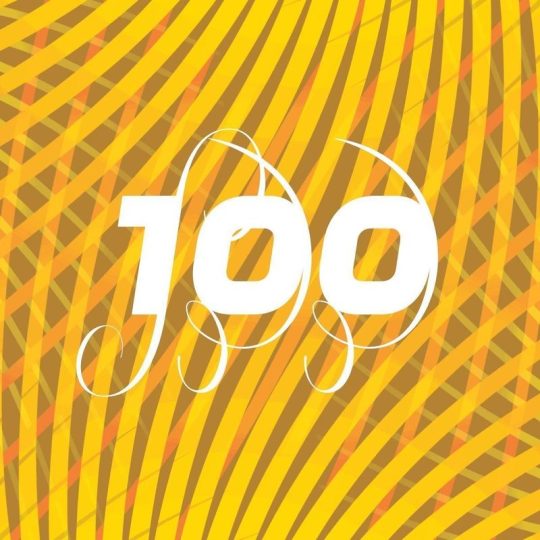
FontShop presents: The 100 all time Best Fonts since Guternberg, as selected by their users and an international jury.
How have they rated the font?:
The review of immeasurable qualities is tricky. How does one measure aesthetic quality, the benefit of an item, its value to humanity? How does one determine a list of the best fonts of all time? They tried to do this by using on objective and two subjective measurement patters weighted as follows:
FontShop Sales Figures: 40%
Historical Value/Meaning: 30%
Aesthetic Qualities: 30%
The evaluation consisted exclusively of licensed or ëcommercialí fonts. Free fonts or operating system fonts were not considered, nor were fonts integral to standard software (i.e. Arial, Verdana, etc.). Font variations, which over the centuries have been individually interpreted by various Foundries, were uniquely evaluated as a class and the best variant was entered into the main judging process.
Positions: | 01-10 | 11-20 | 21-30 | 31-40 | 41-50 | 51-60 | 61-70 | 71-80 | 81-90 | 91-100
Ranking | Name | [Date - Designer]
Helvetica [1957 – Max Miedinger]
Garamond [1530 – Claude Garamond]
Frutiger [1977 – Adrian Frutiger]
Bodoni [1970 – Giambattista Bodoni]
Futura [1927 – Paul Renner]
Times [1931 – Stanley Morison]
Akzidenz Grotesk [1957 – Gunter Gerhard Lange]
Officina [1990 – Erik Spiekermann]
Gill Sans [1930 – Eric Gill]
Univers [1957 – Adrian Frutiger]
Optima [1954 – Hermann Zapf]
Franklin Gothic [1903 – Morris Fuller Benton]
Bembo [1496 – Francesco Griffo]
Interstate [1993 – Tobias Frere-Jones]
Thesis [1994 – Lucas de Groot]
Rockwell [1934 – Frank H. Pierpont]
Walbaum [1800 – Justus Walbaum]
Meta [1991 – Erik Spiekermann]
Trinité [1982 – Bram De Does]
Din [1926 – Ludwig Goller]
Matrix [1986 – Zuzana Licko]
OCR [1965 – American Type Founders]
Avant Garde [1968 – Herb Lubalin]
Lucida [1985 – Chris Holmes / Charles Bigelow]
Sabon [1964 – Jan Tschichold]
Zapfino [1998 – Hermann Zapf]
Letter Gothic [1956 – Roger Roberson]
Stone [1987 – Summer Stone]
Arnhem [1998 – Fred Smeijers]
Minion [1990 – Robert Slimbach]
Myriad [1992 – Twombly & Slimbach]
Rotis [1988 – Olt Aicher]
Eurostile [1962 – Aldo Novarese]
Scala [1991 – Martin Majoor]
Syntax [1968 – Hans Eduard Meier]
Joanna [1930 – Eric Gill]
Fleishmann [1997 – Erhard Kaiser]
Palatino [1950 – Hermann Zapf]
Baskerville [1754 – John Baskerville]
Fedra [2002 – Peter Bil’ak]
Gotham [2000 – Tobias Frere-Jones]
Lexicon [1992 – Bram De Does]
Hands [1991 – Letterror]
Metro [1929 – W. A. Dwiggins]
Didot [1799 – Firmin Didot]
Formata [1984 – Bernd Mˆllenst‰dt]
Caslon [1725 – William Caslon]
Cooper Black [1920 – Oswald B. Cooper]
Peignot [1937 – A. M. Cassandre]
Bell Gothic [1938 – Chauncey H. Griffith]
Antique Olive [1962 – Roger Excoffon]
Wilhelm Klngspor Gotisch [1926 – Rudolf Koch]
Info [1996 – Erik Spiekermann]
Dax [1995 – Hans Reichel]
Proforma [1988 – Petr van Blokland]
Today Sans [1988 – Volker Kuster]
Prokyon [2002 – Erhard Kaiser]
Trade Gothic [1948 – Jackson Burke]
Swift [1987 – Gerald Unger]
Copperplate Gothic [1901 – Frederic W. Goudy]
Blur [1992 – Neville Brody]
Base [1995 – Zuzana Licko]
Bell Centennial [1978 – Matthew Carter]
News Gothic [1908 – Morris Fuller Benton]
Avenir [1988 – Adrian Frutiger]
Bernhard Modern [1937 – Lucian Bernhard]
Amplitude [2003 – Christian Schwartz]
Trixie [1991 – Erik van Blokland]
Quadraat [1992 – Fred Smeijers]
Neutraface [2002 – Christian Schwartz]
Nobel [1929 – Sjoerd de Roos]
Industria [1990 – Neville Brody]
Bickham Script [1997 – Richard Lipton]
Bank Gothic [1930 – Morris Fuller Benton]
Corporate ASE [1989 – Kurt Weidemann]
Fago [2000 – Ole Schafer]
Trajan [1989 – Carol Twombly]
Kabel [1927 – Rudolf Koch]
House Gothic 23 [1995 – Tal Leming]
Kosmik [1993 – Letterror]
Caecilia [1990 – Peter Matthias Noordzij]
Mrs Eaves [1996 – Zuzana Licko]
Corpid [1997 – Lucas de Groot]
Miller [1997 – Matthew Carter]
Souvenir [1914 – Morris Fuller Benton]
Instant Types [1992 – Just van Rossum]
Clarendon [1845 – Robert Besley]
Triplex [1989 – Zuzana Licko]
Benguiat [1977 – Ed Benguiat]
Zapf Renaissance [1984 – Hermann Zapf]
Filosofia [1996 – Zuzana Licko]
Chalet [1996 – Ken Barber]
Quay Sans [1990 – David Quay]
Cézanne [1995 – Michael Want, James Grieshaber]
Reporter [1938 – Carlos Winkow]
Legacy [1992 – Ronald Arnholm]
Agenda [1993 – Greg Thompson]
Bello [2004 – Underware]
Dalliance [2000 – Frank Heine]
Mistral [1953 – Roger Excoffon]
1 note
·
View note
Text
The 100 All Time Best Fonts

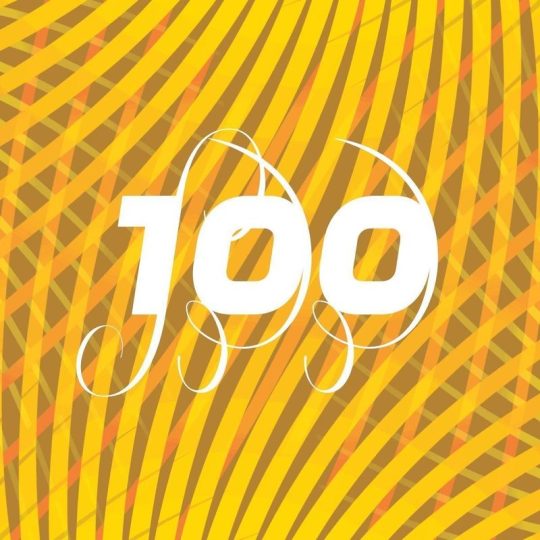








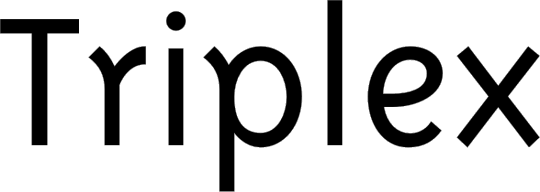



Positions from 81 to 90 of The 100 All Time Best Fonts.
Caecilia [1990 – Peter Matthias Noordzij]
Mrs Eaves [1996 – Zuzana Licko]
Corpid [1997 – Lucas de Groot]
Miller [1997 – Matthew Carter]
Souvenir [1914 – Morris Fuller Benton]
Instant Types [1992 – Just van Rossum]
Clarendon [1845 – Robert Besley]
Triplex [1989 – Zuzana Licko]
Benguiat [1977 – Ed Benguiat]
Zapf Renaissance [1984 – Hermann Zapf]
#top 100#source: fontshop#top: classical#benguiat#caecilia#clarendon#corpid#instant types#miller#mrs eaves#souvenir#triplex#zapf renaissance
0 notes
Text
The 100 All Time Best Fonts














Positions from 71 to 80 of The 100 All Time Best Fonts.
Nobel [1929 – Sjoerd de Roos]
Industria [1984 – Neville Brody]
Bickham Script [1997 – Richard Lipton]
Bank Gothic [1930 – Morris Fuller Benton]
Corporate ASE [1989 – Kurt Weidemann]
Fago [2000 – Ole Schafer]
Trajan [1989 – Carol Twombly]
Kabel [1927 – Rudolf Koch]
House Gothic 23 [1995 – Tal Leming]
Kosmik [1993 – Letterror]
#top 100#source: fontshop#top: classical#bank gothic#bickham script#corporate ase#fago#house gothic#industria#kabel#kosmik#nobel#trajan
0 notes
Text
The 100 All Time Best Fonts














Positions from 61 to 70 of The 100 All Time Best Fonts.
Blur [1992 – Neville Brody]
Base [1995 – Zuzana Licko]
Bell Centennial [1978 – Matthew Carter]
News Gothic [1908 – Morris Fuller Benton]
Avenir [1988 – Adrian Frutiger]
Bernhard Modern [1937 – Lucian Bernhard]
Amplitude [2003 – Christian Schwartz]
Trixie [1991 – Erik van Blokland]
Quadraat [1992 – Fred Smeijers]
Neutraface [2002 – Christian Schwartz]
#top 100#source: fontshop#top: classical#amplitude#avenir#base#bell centennial#bernhard modern#blur#neutraface#news gothic#quadraat#trixie
0 notes
Text
The 100 All Time Best Fonts

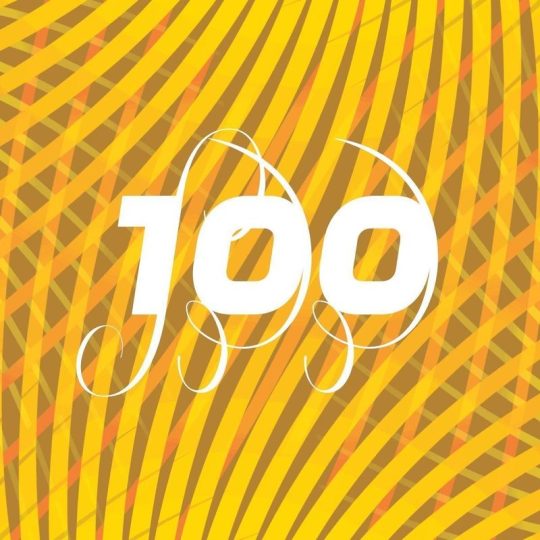












Positions from 51 to 60 of The 100 All Time Best Fonts.
Antique Olive [1962 – Roger Excoffon]
Wilhelm Klingspor Gotisch [1926 – Rudolf Koch]
Info [1996 – Erik Spiekermann]
Dax [1995 – Hans Reichel]
Proforma [1988 – Petr van Blokland]
Today Sans [1988 – Volker K¸ster]
Prokyon [2002 – Erhard Kaiser]
Trade Gothic [1948 – Jackson Burke]
Swift [1987 – Gerald Unger]
Copperplate Gothic [1901 – Frederic W. Goudy]
#top 100#source: fontshop#top: classical#antique olive#copperplate gothic#dax#infofont#proforma#prokyon#swift#today sans#trade gothic#wilhelm klingspor gotisch
0 notes
Text
The 100 All Time Best Fonts

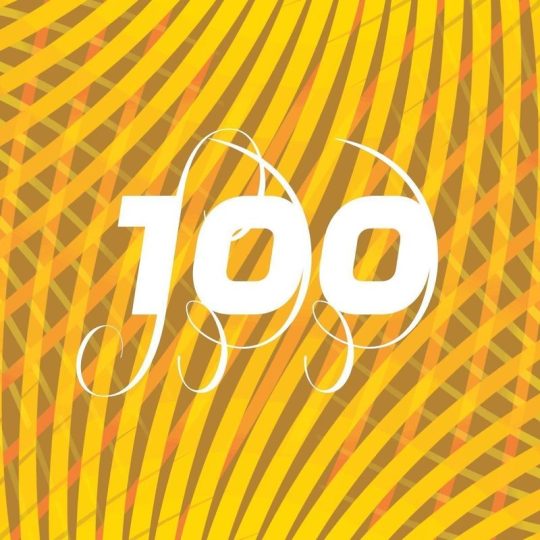












Positions from 41 to 50 of The 100 All Time Best Fonts.
Gotham [2000 – Tobias Frere-Jones]
Lexicon [1992 – Bram De Does]
Hands [1991 – Erik van Blokland]
Metro [1929 – W. A. Dwiggins]
Didot [1784 – Firmin Didot]
Formata [1984 – Bernd Mollenstadt]
Caslon [1725 – William Caslon]
Cooper Black [1920 – Oswald B. Cooper]
Peignot [1937 – A. M. Cassandre]
Bell Gothic [1938 – Chauncey H. Griffith]
#top 100#source: fontshop#top: classical#bell gothic#caslon#cooper black#didot#formata#gotham#hands#lexicon#metro#peignot
0 notes
Text
The 100 All Time Best Fonts














Positions from 31 to 40 of The 100 All Time Best Fonts.
Myriad [1992 – Twombly & Slimbach]
Rotis [1988 – Olt Aicher]
Eurostile [1962 – Aldo Novarese]
FF Scala [1991 – Martin Majoor]
Syntax [1968 – Hans Eduard Meier]
Joanna [1930 – Eric Gill]
Fleischmann [1997 – Erhard Kaiser]
Palatino [1950 – Hermann Zapf]
Baskerville [1754 – John Baskerville]
Fedra Sans [2002 – Peter Bilak]
#top 100#source: fontshop#top: classical#baskerville#eurostile#fedra#fleischmann#joanna#myriad#palatino#rotis#scala#syntax
0 notes
Text
The 100 All Time Best Fonts

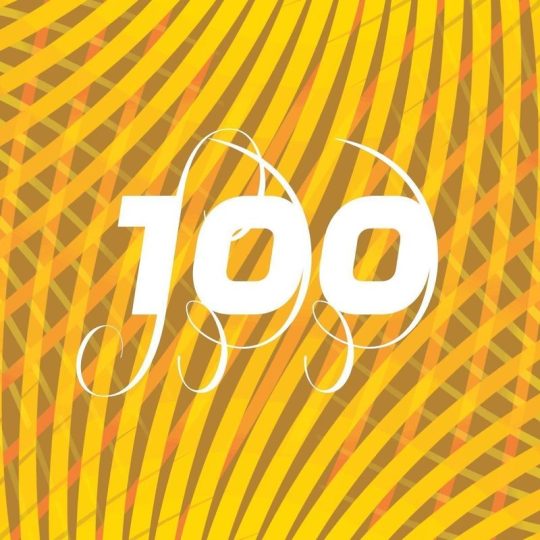












Positions from 21 to 30 of The 100 All Time Best Fonts.
Matrix [1986 – Zuzana Licko]
OCR [1965 – American Type Founders]
Avant Garde [1968 – Herb Lubalin]
Lucida [1985 – Chris Holmes / Charles Bigelow]
Sabon [1964 – Jan Tschichold]
Zapfino [1998 – Hermann Zapf]
Letter Gothic [1956 – Roger Roberson]
Stone [1987 – Sumner Stone]
Arnhem [1998 – Fred Smeijers]
Minion [1990 – Robert Slimbach]
#top 100#source: fontshop#top: classical#arnhem#avant garde#letter gothic#lucida#matrix#minion#ocr#sabon#stone#zapfino
0 notes
Text
The 100 All Time Best Fonts

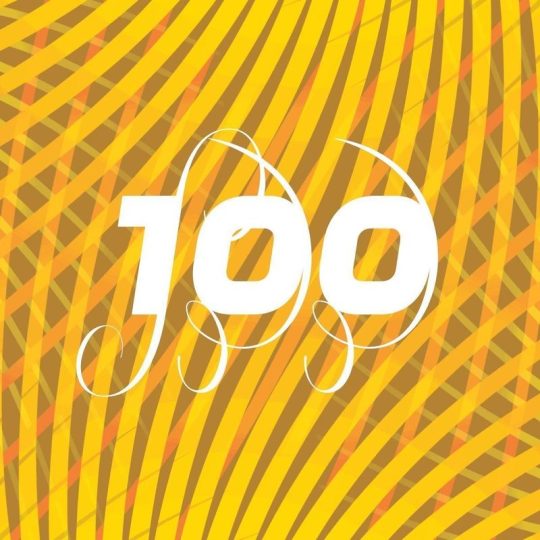












Positions from 11 to 20 of The 100 All Time Best Fonts.
Optima [1954 – Hermann Zapf]
Franklin Gothic [1903 – Morris Fuller Benton]
Bembo [1496 – Francesco Griffo]
Interstate [1993 – Tobias Frere-Jones]
Thesis [1994 – Lucas de Groot]
Rockwell [1934 – Frank H. Pierpont]
Walbaum [1800 – Justus Walbaum]
Meta [1991 – Erik Spiekermann]
Trinité [1982 – Bram De Does]
DIN [1926 – Ludwig Goller]
#top 100#source: fontshop#top: classical#bembo#din#franklin gothic#interstate#meta#optima#rockwell#thesis#trinite#walbaum
0 notes
Text
The 100 All Time Best Fonts

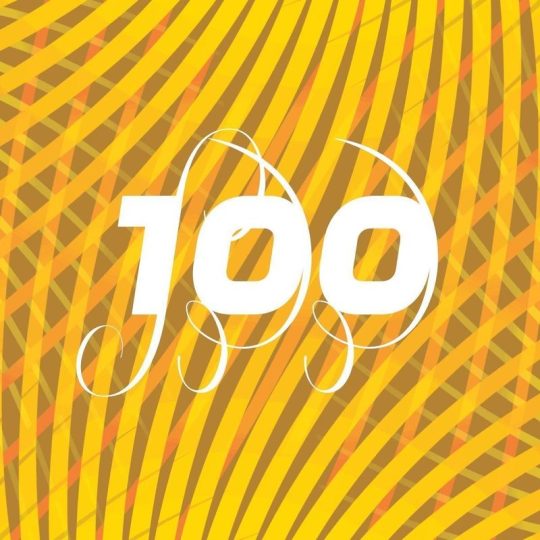












Positions from 1 to 10 of The 100 All Time Best Fonts.
Helvetica [1957 – Max Miedinger]
Garamond [1530 – Claude Garamond]
Frutiger [1977 – Adrian Frutiger]
Bodoni [1970 – Giambattista Bodoni]
Futura [1927 – Paul Renner]
Times [1931 – Stanley Morison]
Akzidenz Grotesk [1957 – Gunter Gerhard Lange]
Officina [1990 – Erik Spiekermann]
Gill Sans [1930 – Eric Gill]
Univers [1957 – Adrian Frutiger]
#top 100#source: fontshop#top: classical#akzidenz grotesk#bodoni#frutiger#futura#garamond#gill sans#helvetica#officina#times#univers
0 notes